
Cap Cana: The Jewel of Punta Cana
Discover Cap Cana, Punta Cana's upscale paradise with pristine beaches, world-class golf, and luxurious resorts. Ideal for those seeking a lavish escape in the Caribbean.
Welcome to Cap Cana, a luxurious enclave nestled in Punta Cana, Dominican Republic. Known for its pristine beaches, world-class golf courses, and upscale resorts, Cap Cana offers an exclusive escape for discerning travelers. With stunning ocean views and lush tropical landscapes, this neighbourhood is nothing short of a paradise. Cap Cana boasts a variety of activities to suit all tastes. Whether you're a golf enthusiast looking to play a round at the renowned Punta Espada Golf Club, or a beach lover eager to relax on the powdery white sands of Juanillo Beach, there is something for everyone. The marina at Cap Cana is a hub for sailing and fishing adventures, offering a chance to explore the crystal-clear waters of the Caribbean Sea. For those who enjoy fine dining, Cap Cana does not disappoint. The neighbourhood is home to an array of restaurants serving everything from fresh seafood to international cuisine. After a day of exploring, unwind at one of the many luxurious spas or take a leisurely stroll through the beautifully landscaped grounds. With its blend of natural beauty and modern amenities, Cap Cana promises an unforgettable experience.
Local tips in Cap Cana
- Book your tee times in advance at Punta Espada Golf Club to ensure availability.
- Visit Juanillo Beach early in the morning for the best sunbathing spots.
- Make dining reservations ahead of time at popular restaurants to avoid long waits.
- Consider renting a golf cart to explore the large grounds of Cap Cana more comfortably.
- Wear comfortable shoes if you plan on walking around the marina and resort areas.
Cap Cana: The Jewel of Punta Cana
Welcome to Cap Cana, a luxurious enclave nestled in Punta Cana, Dominican Republic. Known for its pristine beaches, world-class golf courses, and upscale resorts, Cap Cana offers an exclusive escape for discerning travelers. With stunning ocean views and lush tropical landscapes, this neighbourhood is nothing short of a paradise. Cap Cana boasts a variety of activities to suit all tastes. Whether you're a golf enthusiast looking to play a round at the renowned Punta Espada Golf Club, or a beach lover eager to relax on the powdery white sands of Juanillo Beach, there is something for everyone. The marina at Cap Cana is a hub for sailing and fishing adventures, offering a chance to explore the crystal-clear waters of the Caribbean Sea. For those who enjoy fine dining, Cap Cana does not disappoint. The neighbourhood is home to an array of restaurants serving everything from fresh seafood to international cuisine. After a day of exploring, unwind at one of the many luxurious spas or take a leisurely stroll through the beautifully landscaped grounds. With its blend of natural beauty and modern amenities, Cap Cana promises an unforgettable experience.
Iconic landmarks you can’t miss
Scape Park
Discover thrilling adventures and breathtaking nature at Scape Park in Punta Cana, where excitement and beauty come together in an unforgettable experience.
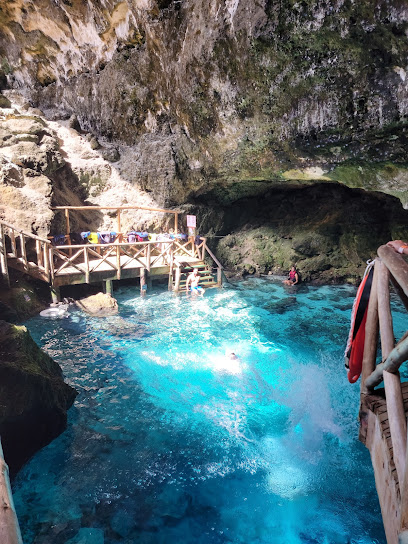
Juanillo Beach
Experience the beauty of Juanillo Beach in Punta Cana, a stunning tropical paradise perfect for relaxation and adventure seekers.
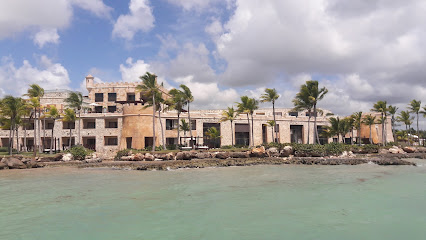
Sanctuary Cap Cana
Experience luxury and beauty at Sanctuary Cap Cana, a premier resort hotel in Punta Cana, where paradise meets exceptional service and unforgettable experiences.

Api Beach House
Discover the vibrant Api Beach House in Punta Cana, where sun, fun, and delectable cuisine await you in a lively social club atmosphere.
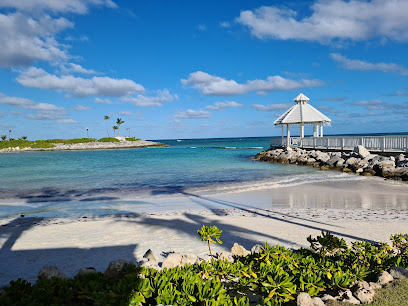
Hoyo Azul
Explore Hoyo Azul, Punta Cana's hidden gem, where turquoise waters and lush scenery create an unforgettable natural adventure.
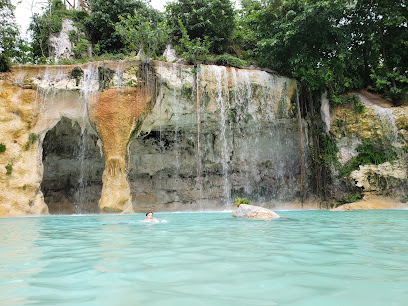
Lago Azul Cap Cana
Discover the tranquil beauty of Lago Azul Cap Cana, a stunning swimming lake in Punta Cana with crystal-clear waters and lush surroundings.
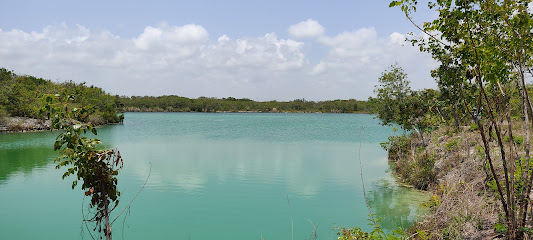
Cap Cana Ciudad Destino
Experience the ultimate luxury retreat at Cap Cana Ciudad Destino, where pristine beaches meet world-class amenities in Punta Cana.
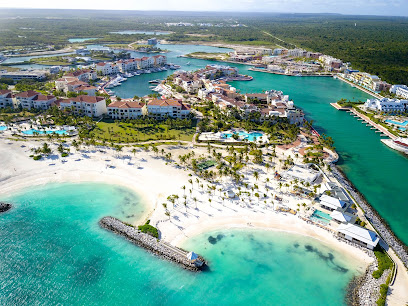
Cana Alta
Explore Cana Alta in Punta Cana, a luxurious real estate haven offering serene landscapes and modern living in the heart of the Caribbean.
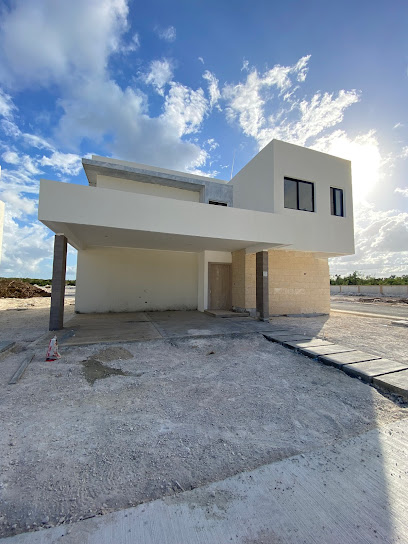
Marina Cap Cana Visitor Parking Lot
Explore Marina Cap Cana with convenient parking, your gateway to pristine beaches, vibrant culture, and unforgettable experiences in Punta Cana.
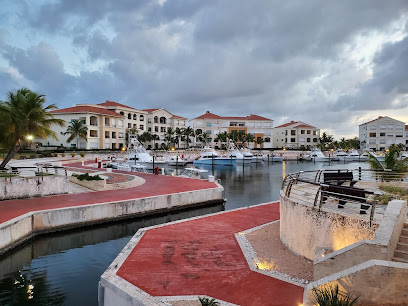
Unmissable attractions to see
Dolphin Discovery Punta Cana
Experience the thrill of swimming with dolphins at Dolphin Discovery Punta Cana, where adventure meets marine conservation in a stunning tropical setting.
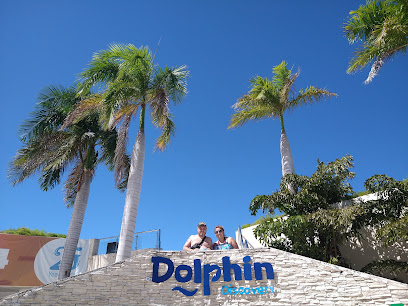
Bavaro Adventure Park | Punta Cana Tours & Excursions
Explore Bavaro Adventure Park for thrilling rides, animal encounters, and unforgettable family fun in the heart of Punta Cana.
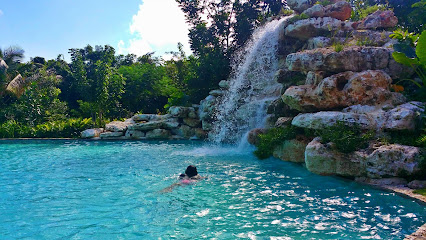
Hoyo Azul
Experience the stunning turquoise waters of Hoyo Azul, a breathtaking lagoon in Punta Cana, perfect for swimming, hiking, and nature photography.
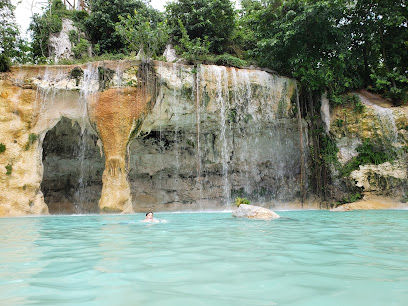
Cap Cana Ciudad Destino
Explore Cap Cana, a luxurious gated community in Punta Cana, offering stunning beaches, world-class golf, and vibrant dining experiences in a tropical paradise.
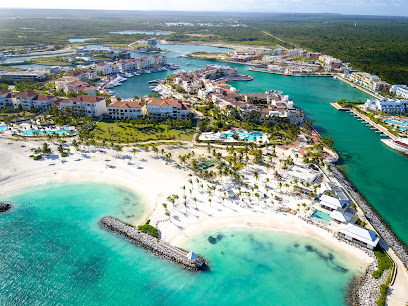
Laguna Guama
Experience the breathtaking beauty and tranquility of Laguna Guama, a hidden oasis in Punta Cana where adventure and relaxation await.
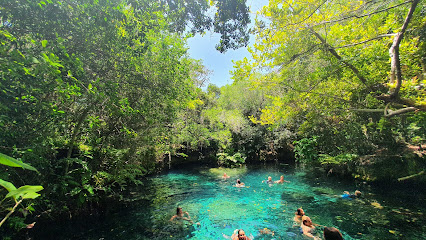
The Pier
Experience the beauty of Punta Cana at The Pier, where adventure meets relaxation in a stunning coastal setting.
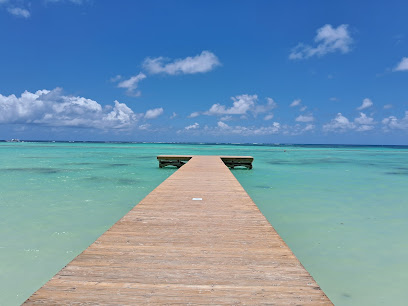
Essential places to dine
Barbudo Restaurant
Experience authentic Dominican cuisine in a vibrant setting at Barbudo Restaurant in Punta Cana – where every meal tells a story.
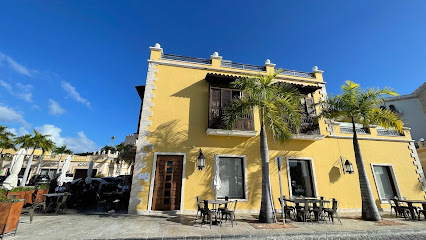
La Palapa by Eden Roc
Experience exquisite Caribbean dining at La Palapa by Eden Roc in Punta Cana – where fresh seafood meets breathtaking ocean views.
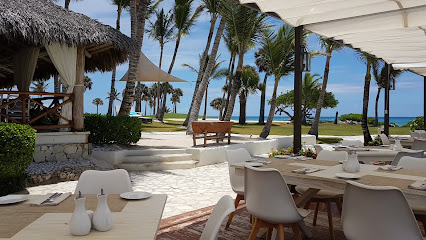
Dolce Italia
Experience authentic Italian cuisine at Dolce Italia in Punta Cana – where every meal is a delightful journey through Italy's rich culinary heritage.
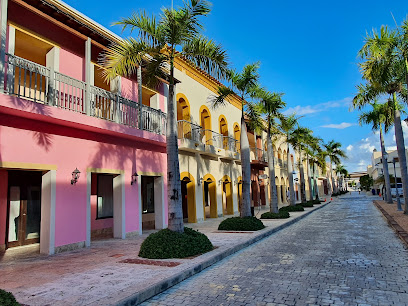
Sanctuary Town
Experience exquisite dining at Sanctuary Town, where Caribbean flavors meet breathtaking views by Juanillo Beach in Punta Cana.
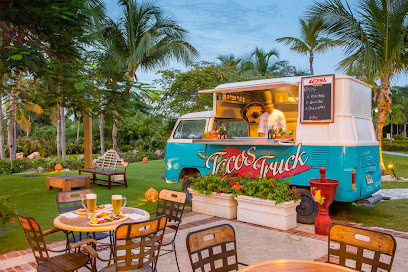
Oceana
Discover exquisite seafood and local flavors at Oceana in Punta Cana – where stunning views meet culinary excellence.
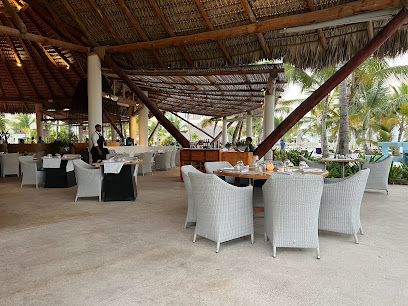
Osteria Giorgetta
Experience authentic Italian cuisine at Osteria Giorgetta in Punta Cana's Plaza Las Canas – where flavor meets hospitality.
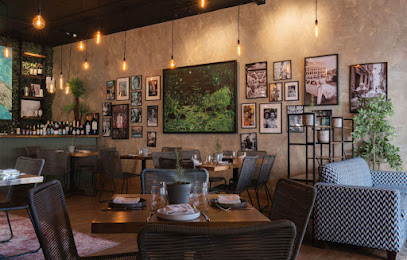
Frank & Lola's
Experience authentic Italian cuisine at Frank & Lola's in Punta Cana – where every meal is a celebration of flavor and hospitality.
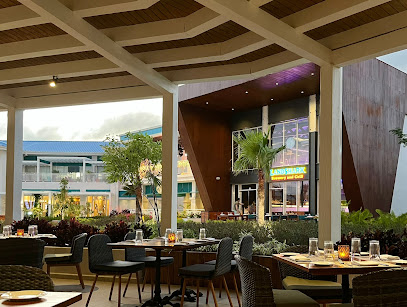
Bordeaux
Savor authentic French cuisine at Bordeaux in Punta Cana – where culinary artistry meets unforgettable dining experiences.
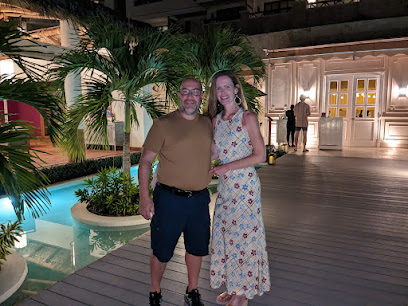
Mon So Wi
Experience the essence of Asian cuisine at Mon So Wi in Punta Cana - where every dish tells a story.
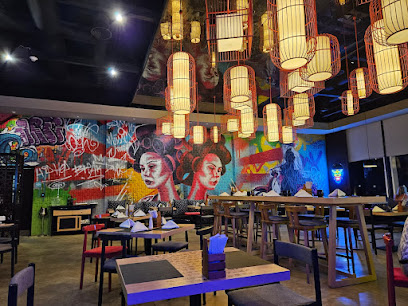
Don German Restaurant
Experience authentic Cuban cuisine at Don German Restaurant in Punta Cana - where every meal tells a story.
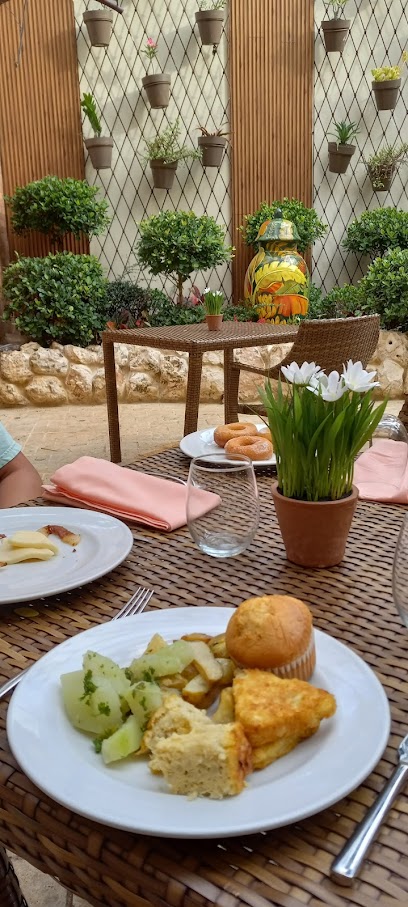
Markets, malls and hidden boutiques
Sole Dil Prato, Juanillo Cap Cana
Experience the charm of Caribbean fashion at Sole Dil Prato in Cap Cana, where style meets local elegance for the perfect shopping getaway.

D' Maria Cigar Shop
Discover the finest cigars and unique gifts at D' Maria Cigar Shop in Punta Cana, a must-visit for tourists and cigar lovers alike.

Isabel Souvenir And Cigar Shop
Discover unique gifts and premium cigars at Isabel Souvenir And Cigar Shop in Punta Cana, where Dominican culture and craftsmanship come together.
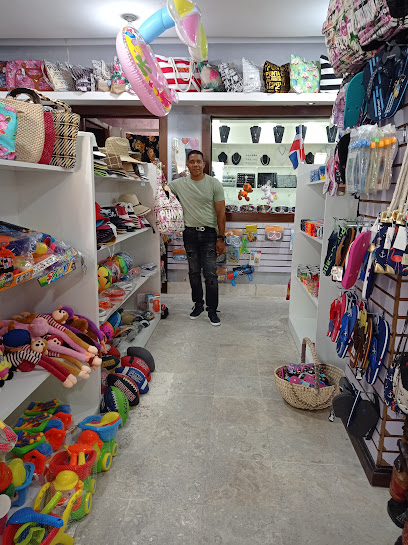
Life is a Song Margaritaville® Store
Explore the vibrant Life is a Song Margaritaville® Store in Punta Cana for unique souvenirs and island-themed gifts that capture the spirit of the Caribbean.
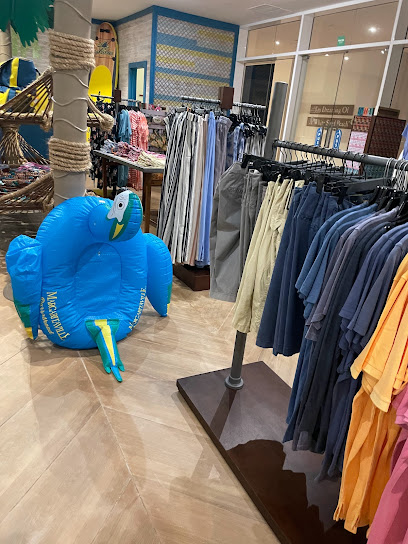
Sole Dil Prato, Marina Cap Cana
Explore the best in Caribbean fashion at Sole Dil Prato in Marina Cap Cana – a stylish boutique offering unique clothing and accessories.

souvenir
Explore a vibrant gift shop in Punta Cana, offering unique souvenirs that capture the essence of the Dominican Republic.
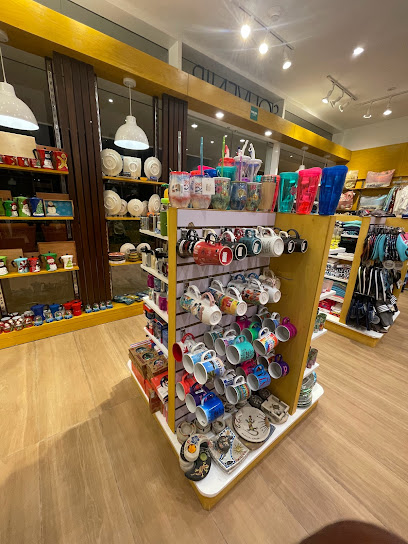
Green Market, Gift and Cigar Shop
Discover unique gifts, stylish clothing, and premium cigars at Green Market in Punta Cana – your ultimate shopping destination for authentic Dominican treasures.
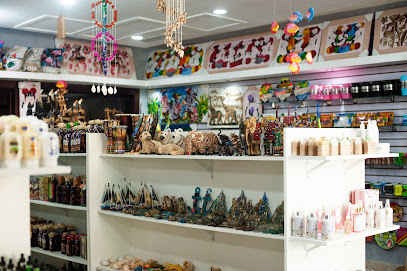
ISTANCOOL STORE
Shop stylish clothing and unique accessories at ISTANCOOL STORE in Punta Cana for an unforgettable fashion experience.
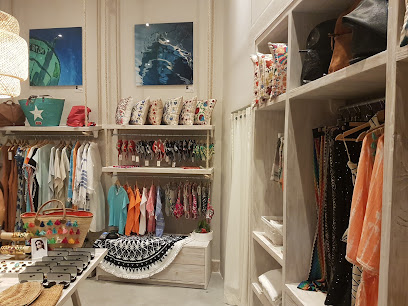
Mamajuana Gifts and Cigars Shop
Explore authentic Dominican culture at Mamajuana Gifts and Cigars Shop in Punta Cana, featuring local crafts, mamajuana, and premium cigars.
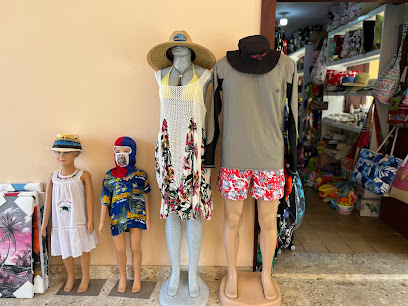
Baccio Couture Republica Dominicana
Discover unique fashion and local artisan creations at Baccio Couture, the must-visit boutique in Punta Cana.
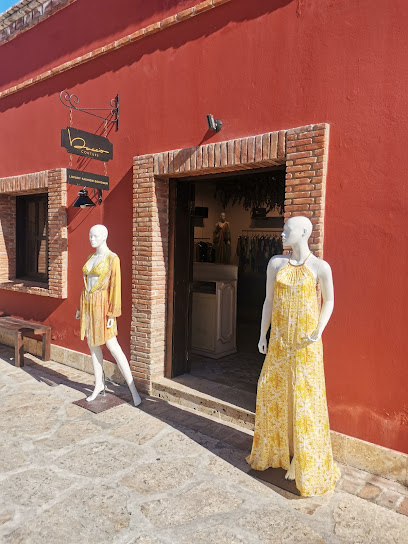
Essential bars & hidden hideouts
Riva Bar
Discover Riva Bar in Punta Cana, the ultimate cocktail destination offering a vibrant atmosphere and exquisite drinks in a tropical paradise.

It's 5 o'clock Somewhere
Discover the ultimate tropical bar experience at 'It's 5 o'clock Somewhere' in Punta Cana, where refreshing drinks and relaxation await.
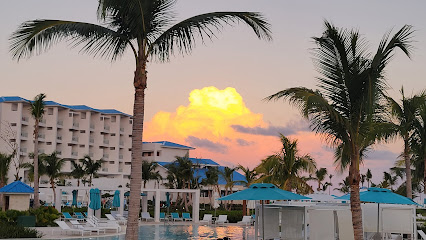
Love Piano Bar
Discover the enchanting atmosphere of Love Piano Bar in Punta Cana, where live music and delightful drinks create unforgettable memories.

Bandido Bar
Experience the vibrant nightlife at Bandido Bar, Punta Cana's premier destination for cocktails, music, and unforgettable memories.
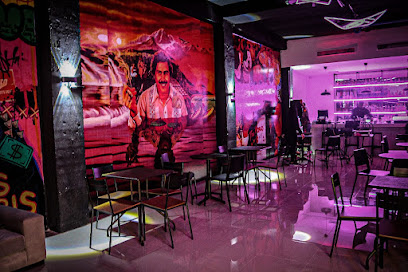
Punch Bar
Experience the vibrant nightlife at Punch Bar in Punta Cana, where exceptional cocktails and a lively atmosphere await every visitor.
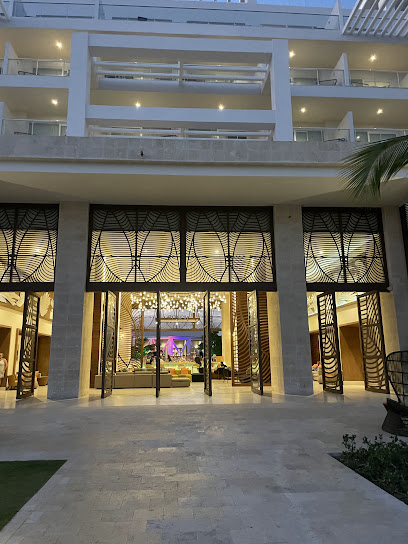
Bar Chiringuito
Experience the vibrant energy of Punta Cana at Bar Chiringuito, where refreshing drinks and lively atmosphere meet stunning tropical views.

Manatees Bar
Experience the vibrant atmosphere and refreshing cocktails at Manatees Bar in Punta Cana, a must-visit tropical oasis for all travelers.
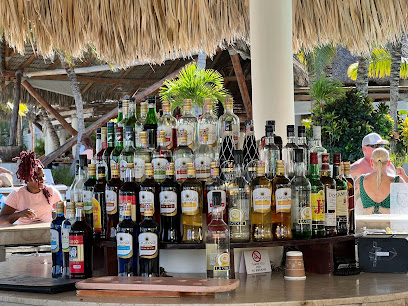
Spiritz Pool Bar
Discover relaxation at Spiritz Pool Bar in Punta Cana, where vibrant cocktails and a serene poolside atmosphere await your visit.
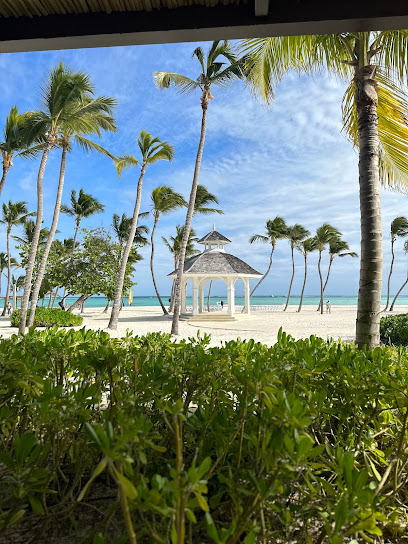
Salty Rim Bar
Discover the charm of Punta Cana at Salty Rim Bar, where refreshing cocktails and a vibrant atmosphere await every traveler.
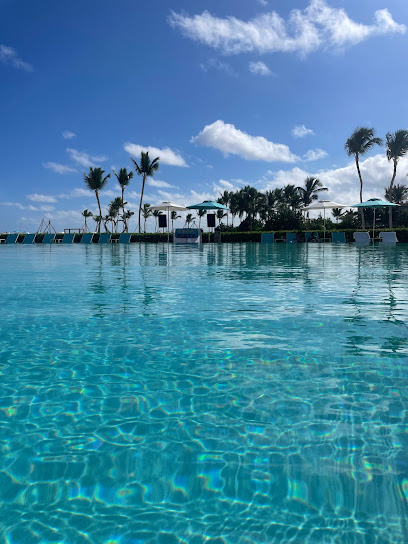
Ocean bar
Experience the vibrant atmosphere of Ocean Bar in Punta Cana, where refreshing drinks meet stunning ocean views for the ultimate tropical retreat.

Local Phrases
-
- HelloHola
[oh-lah] - GoodbyeAdiós
[ah-dee-ohs] - YesSí
[see] - NoNo
[noh] - Please/You're welcomePor favor/De nada
[por fah-vor/de nah-dah] - Thank youGracias
[grah-see-ahs] - Excuse me/SorryPerdón/Lo siento
[pair-dohn/loh see-en-toh] - How are you?¿Cómo estás?
[koh-moh ehs-tahs] - Fine. And you?Bien. ¿Y tú?
[byen. ee too] - Do you speak English?¿Hablas inglés?
[ah-blahs een-glehs] - I don't understandNo entiendo
[noh ehn-tee-ehn-doh]
- HelloHola
-
- I'd like to see the menu, pleaseMe gustaría ver el menú, por favor
[meh goos-tah-ree-ah vehr ehl meh-noo, por fah-vor] - I don't eat meatNo como carne
[noh koh-moh kahr-neh] - Cheers!¡Salud!
[sah-lood] - I would like to pay, pleaseMe gustaría pagar, por favor
[meh goos-tah-ree-ah pah-gahr, por fah-vor]
- I'd like to see the menu, pleaseMe gustaría ver el menú, por favor
-
- Help!¡Ayuda!
[ah-yoo-dah] - Go away!¡Vete!
[veh-teh] - Call the Police!¡Llame a la Policía!
[yah-meh ah lah poh-lee-see-ah] - Call a doctor!¡Llame a un médico!
[yah-meh ah oon meh-dee-koh] - I'm lostEstoy perdido
[ehs-toy pair-dee-doh] - I'm illEstoy enfermo
[ehs-toy ehn-fehr-moh]
- Help!¡Ayuda!
-
- I'd like to buy...Me gustaría comprar...
[meh goos-tah-ree-ah kohm-prar] - I'm just lookingSolo estoy mirando
[soh-loh ehs-toy mee-rahn-doh] - How much is it?¿Cuánto cuesta?
[kwan-toh kwes-tah] - That's too expensiveEsto es demasiado caro
[ehs-toh ehs deh-mah-syah-doh kahr-oh] - Can you lower the price?¿Puede bajar el precio?
[pweh-deh bah-har ehl pree-see-oh]
- I'd like to buy...Me gustaría comprar...
-
- What time is it?¿Qué hora es?
[keh o-rah ehs] - It's one o'clockEs la una en punto
[ehs lah oo-nah ehn poon-toh] - Half past (10)Media (10)
[meh-dee-ah (diez)] - MorningMañana
[mah-nyah-nah] - AfternoonTarde
[tahr-deh] - EveningNoche
[noh-cheh] - YesterdayAyer
[ah-yehr] - TodayHoy
[oy] - TomorrowMañana
[mah-nyah-nah] - 1Uno
[oo-noh] - 2Dos
[dohs] - 3Tres
[trehs] - 4Cuatro
[kwah-troh] - 5Cinco
[seen-koh] - 6Seis
[says] - 7Siete
[syeh-teh] - 8Ocho
[oh-choh] - 9Nueve
[nweh-veh] - 10Diez
[diez]
- What time is it?¿Qué hora es?
-
- Where's a/the...?¿Dónde está...?
[dohn-deh ehs-tah] - What's the address?¿Cuál es la dirección?
[kwal ehs lah dee-rehk-syon] - Can you show me (on the map)?¿Puede mostrarme (en el mapa)?
[pweh-deh mohs-trar-meh (ehn ehl mah-pah)] - When's the next (bus)?¿Cuándo es el próximo (autobús)?
[kwan-doh ehs ehl proh-ksee-moh (ow-toh-boos)] - A ticket (to ....)Un boleto (a ....)
[oon boh-leh-toh (ah)]
- Where's a/the...?¿Dónde está...?
History of Cap Cana
-
Before the arrival of Europeans, the area now known as Cap Cana was home to the Taino people, an indigenous group that thrived in the Caribbean. The Tainos lived in harmonious relation with the land, utilizing its resources for fishing, agriculture, and trade. Their legacy is still reflected in local culture, language, and traditions, with numerous archaeological sites around Punta Cana highlighting their settlements.
-
In the late 15th century, following Christopher Columbus's arrival in the Americas, the Spanish Crown began to establish settlements throughout the Caribbean. In the 16th century, Cap Cana's coastal area was granted to Spanish settlers, who utilized the fertile land for sugarcane plantations. This led to the importation of enslaved Africans, significantly shaping the demographic and cultural landscape of the region.
-
In the early 2000s, Cap Cana underwent a significant transformation with the vision of becoming a premier luxury resort destination. The development was spearheaded by investors who aimed to create a high-end community focusing on sustainable tourism. This included the construction of luxury hotels, golf courses, and residential properties, positioning Cap Cana as a key player in the Dominican Republic's tourism industry.
-
With the rapid development of Cap Cana, there has been a conscious effort to balance tourism with environmental preservation. The area encompasses stunning natural landscapes, including beaches, coral reefs, and tropical forests. Various initiatives have been launched to protect these ecosystems, emphasizing sustainable practices that preserve the biodiversity of Punta Cana while promoting tourism.
-
Cap Cana is a melting pot of cultures, influenced by its indigenous roots, colonial history, and modern tourism. The local gastronomy reflects this blend, featuring traditional Dominican dishes alongside international cuisine. Cultural events, music, and art festivals are integral to the community, showcasing the vibrant heritage of the Dominican Republic while appealing to the diverse tourist population.
Cap Cana Essentials
-
Cap Cana is located approximately 15 kilometers from Punta Cana International Airport (PUJ), making it easily accessible for travelers. From the airport, you can take a taxi, which typically costs between $20 to $30 and takes about 15-20 minutes. If you're staying in other neighborhoods in Punta Cana, such as Bavaro or Macao, taxis are readily available, and the journey to Cap Cana usually takes between 20 to 30 minutes, depending on traffic.
-
Cap Cana is a relatively small area, and most of its attractions are best accessed by car. Taxis are available, but it’s advisable to negotiate fares beforehand. Alternatively, you can rent a bicycle for a more eco-friendly way to explore the area. Note that public transport options like buses are limited, so private transportation is the most efficient way to get around.
-
Cap Cana is considered a safe neighborhood for tourists, with a lower crime rate compared to other areas in the Dominican Republic. However, it is always wise to remain vigilant, particularly in less populated areas or at night. Avoid walking alone late at night and keep your belongings secure. While Cap Cana is generally safe, tourists should be cautious in nearby neighborhoods like Bavaro, where petty crimes can occur.
-
In case of an emergency, dial 911 for police, fire, or ambulance services. The nearest hospital is Punta Cana International Medical Center, located about 20 minutes away by car. It is advisable to have travel insurance that covers medical emergencies. For minor health issues, local pharmacies can provide over-the-counter medications.
-
Fashion: Do dress appropriately for the beach; however, cover up when entering local shops or restaurants. Don't wear overly revealing clothing outside of beach areas. Religion: Do respect local customs; if visiting religious sites, dress modestly. Public Transport: Do be polite and respectful when using any form of transportation. Don't assume public transport is a common option in Cap Cana. Greetings: Do greet with a smile; a friendly 'Hola' is appreciated. Eating & Drinking: Do try local foods and drinks; Dominican cuisine is rich and flavorful. Don't waste food or be rude to local customs regarding dining.
-
To experience Cap Cana like a local, visit the local markets and try to engage with residents about their daily lives and traditions. Explore the beautiful beaches, such as Juanillo Beach, which is often less crowded than others. Consider participating in local events or festivals if your visit coincides with them. For an authentic experience, sample local rum and fresh seafood dishes at beachfront shacks rather than only dining in upscale restaurants.
Nearby Cities to Cap Cana
-
Things To Do in Bayahibe
-
Things To Do in La Romana
-
Things To Do in Rincon
-
Things To Do in Samana
-
Things To Do in Aguadilla
-
Things To Do in Cabo Rojo
-
Things To Do in Isabela
-
Things To Do in Santo Domingo
-
Things To Do in Guánica
-
Things To Do in Arecibo
-
Things To Do in Ponce
-
Things To Do in Manatí
-
Things To Do in Dorado
-
Things To Do in Bayamón
-
Things To Do in Jarabacoa








